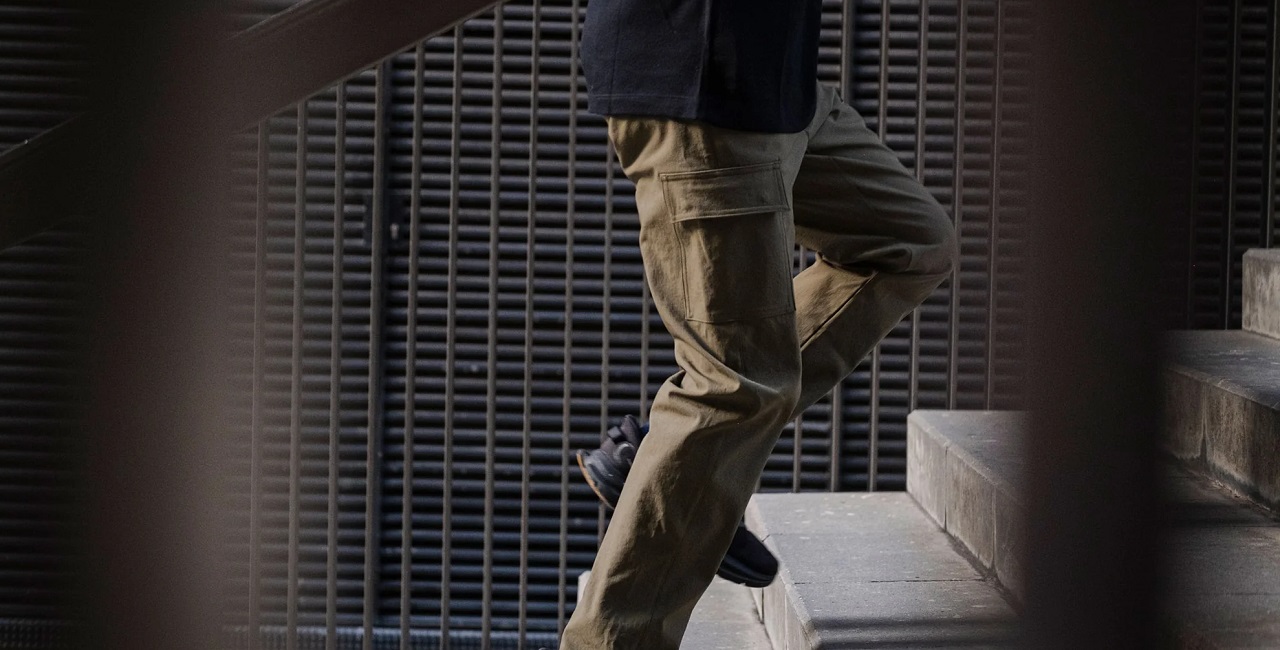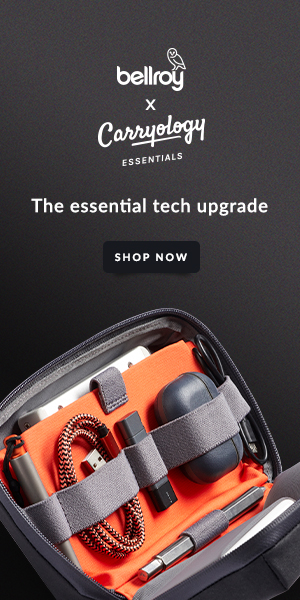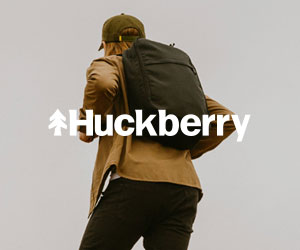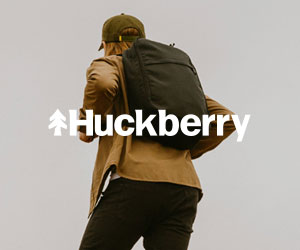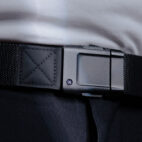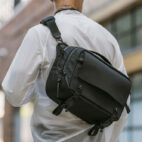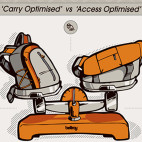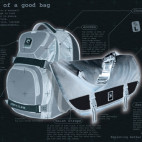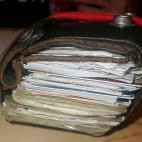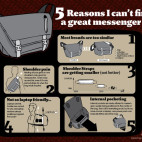December 2024’s Must-Have Gear | From Do-It-All Chinos to Sustainable Jacket Fixes
A do-it-all chino, a military-inspired parka, and an innovative solution to jacket repairs were just some of December’s standout releases. Delve in and discover the month’s best new gear below.
EDC
YSMART P3N Quick Release EDC Pen

The YSMART P3N is a mini pen designed to offer ease of use with a quick-release magnetic cap. A simple pull action releases the pen so you’re ready to write in a jiffy, while the magnetic cap snaps back into place once you’re done. Made with carbon fiber and titanium, the pen is lightweight but durable for everyday use. And with the addition of a diamond-grade ceramic tip, the pen also functions as a box cutter, mini pry tool, and more.
Urban
Mission Workshop Outpost Cargo Chino
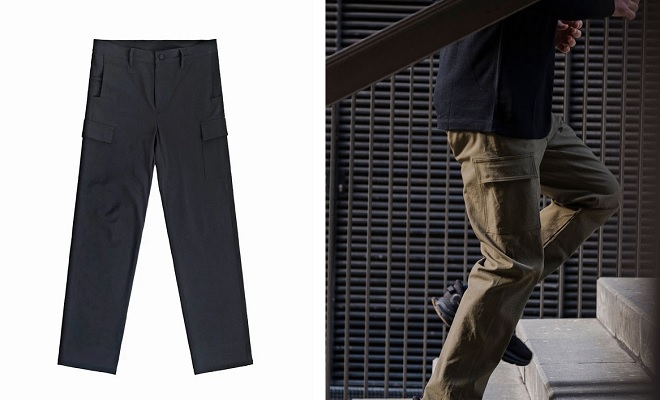
Created as a do-everything pant, Mission Workshop’s Outpost Cargo Chino blends urban style with outdoor and travel-ready durability. Made in the USA, the chino features a breathable, moisture-wicking design with four-way stretch and a DWR finish. Available in both 32″ and 34″ inseam options, the pant has four chino pockets and two snap-closure cargo pockets, so you can keep EDC or travel essentials close at hand while you’re on the go.
Mission Workshop Quattro M51 Fishtail Parka
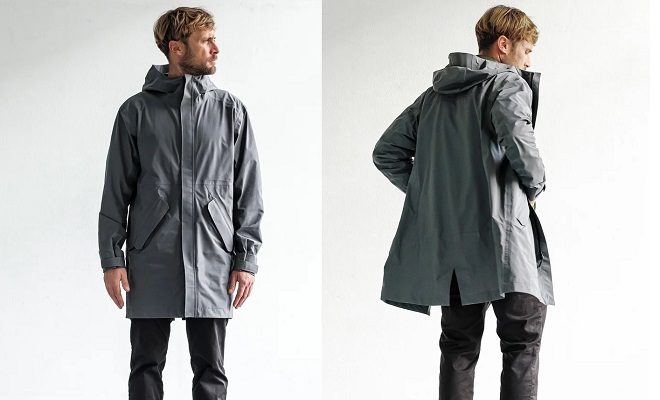
Taking inspiration from the M-51 fishtail parka, the Mission Workshop Quattro is designed to provide protection in extreme wet weather, with a minimum 20,000mm waterproof rating. The parka is made in Los Angeles using a USA-made Brookwood Assault® 3-layer fabric often used in Gen III ECWS military combat uniforms. The seam-sealed parka has an adjustable hood, ventilated armpits, a fishtail rear for easy movement, and weatherproof zippered hand pockets.
Incase A.R.C. Collection
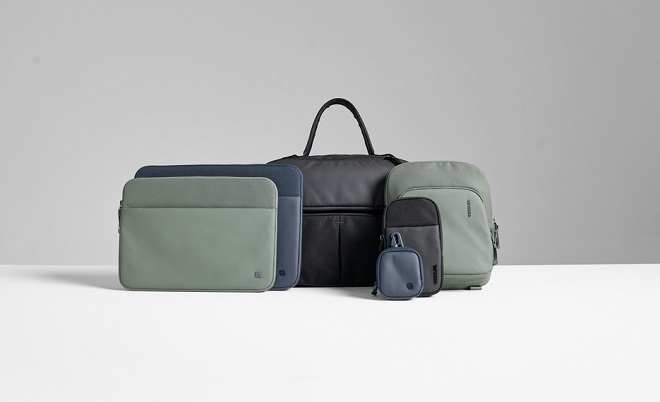
Incase has welcomed six new pieces in its A.R.C. Collection (short for “A Responsible Carry”), helping you carry tech and personal gear in protective, understated, and sustainable style. Each piece in the collection is made with YKK zippers and ReSpun fabric, a 100% recycled polyester that offers scratch, tear, and fade resistance. The new pieces include the A.R.C. Duffel, A.R.C. Crossbody Bag, A.R.C. Small Crossbody Bag, A.R.C. Compact Pouch, A.R.C. Sleeve for 14″ and A.R.C. Sleeve for 16”, offering versatile options for short trips, smaller everyday loads, and carrying tech items and accessories.
Mystery Ranch Updated ASAP 20 Pack
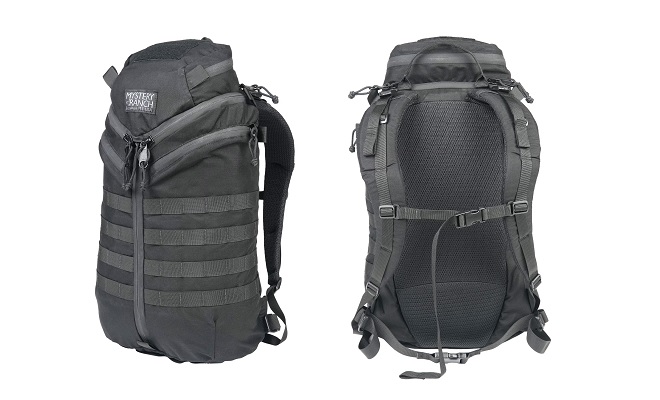
Mystery Ranch have updated their ASAP 20, offering a lightweight but durable design that weighs 2.6 lbs and is made with 330D CORDURA® fabric. The pack has been designed with ease of use and adaptability in mind. A VELCRO®/PALS panel provides the option to customize the interior to suit changing needs, while side zip pockets offer quick-access storage. The pack has antenna and hydration ports, as well as a removable waist belt. And with exterior PALS webbing you also get additional options for carrying bulky or quick-access gear.
Outdoors
Arc’teryx SV Insert Patch
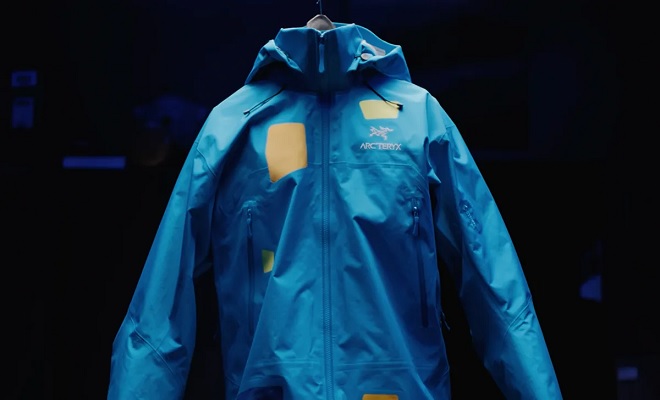
To keep their jackets on adventures instead of in landfills, Arc’teryx have created the SV Insert Patch as a quick and efficient repair solution for rips, tears, or holes. The process involves removing the fabric in the affected area and using a heat-activated technique to seal the patch onto the jacket. The process is currently available for free at Arc’teryx ReBird Service Centers and takes less than a minute to complete. The waterproof patches come in various sizes and colors, allowing you to match them with your jacket or choose contrasting colors for a unique aesthetic.





 Carry Awards
Carry Awards Insights
Insights Liking
Liking Projects
Projects Interviews
Interviews
